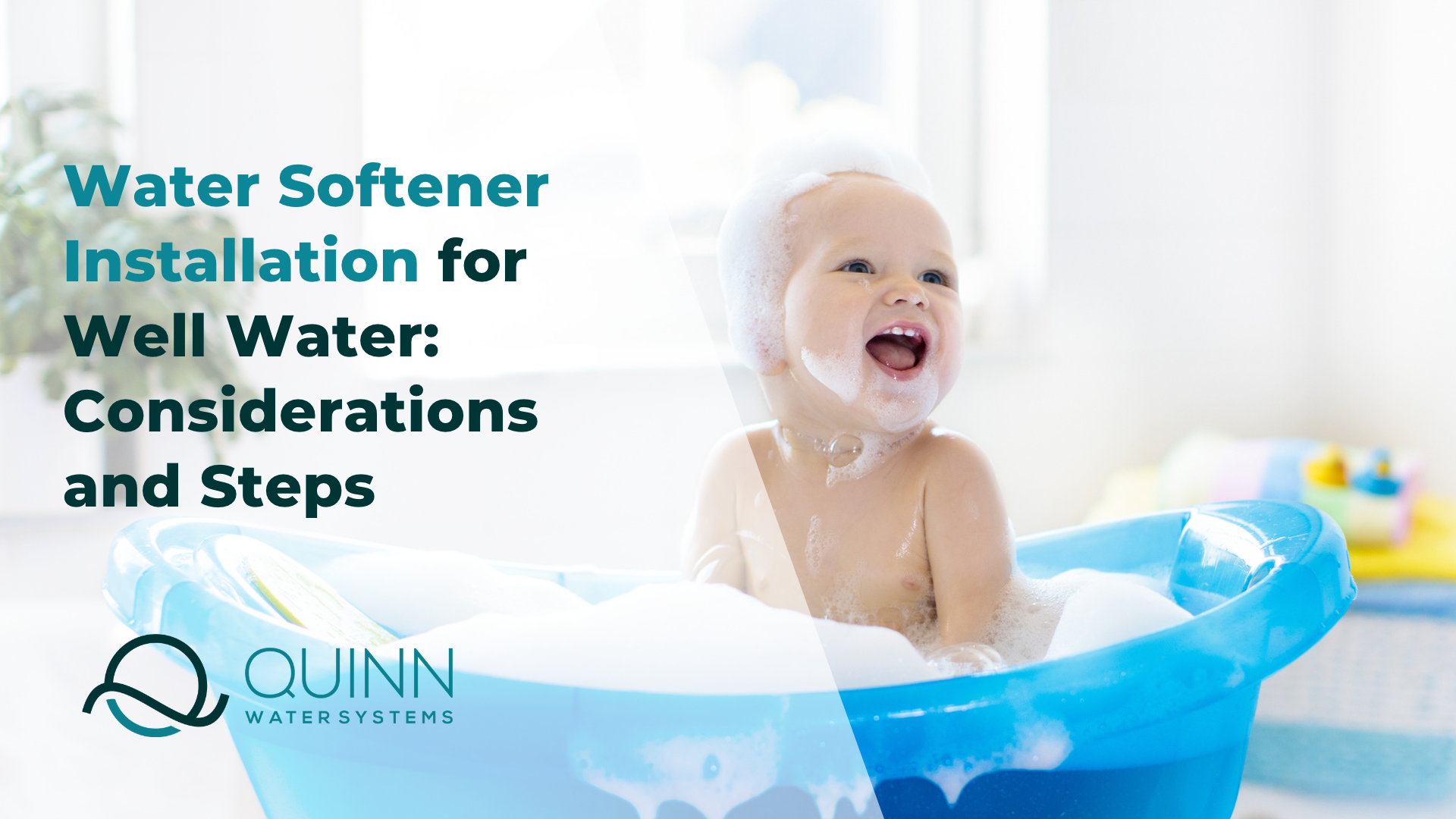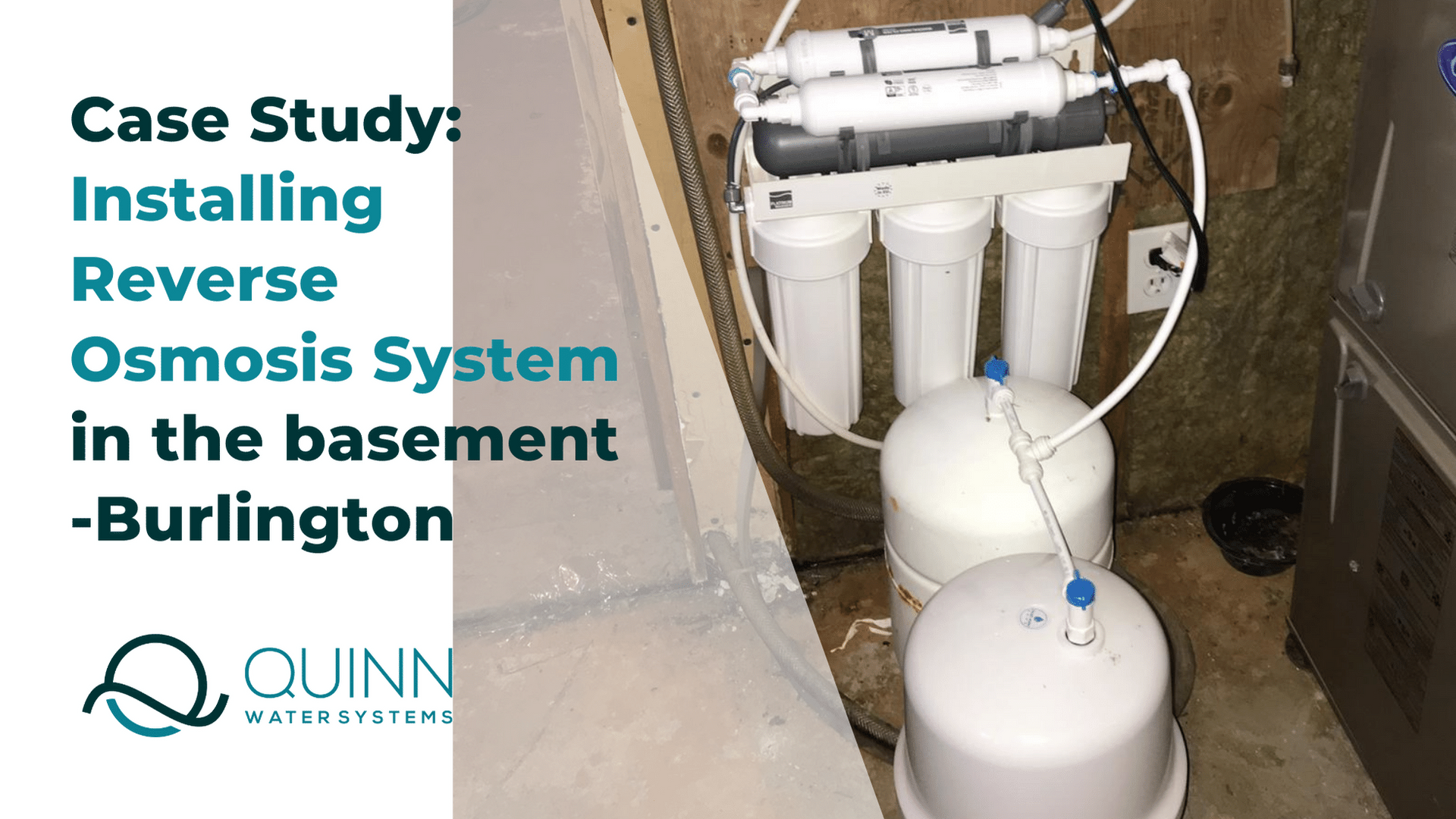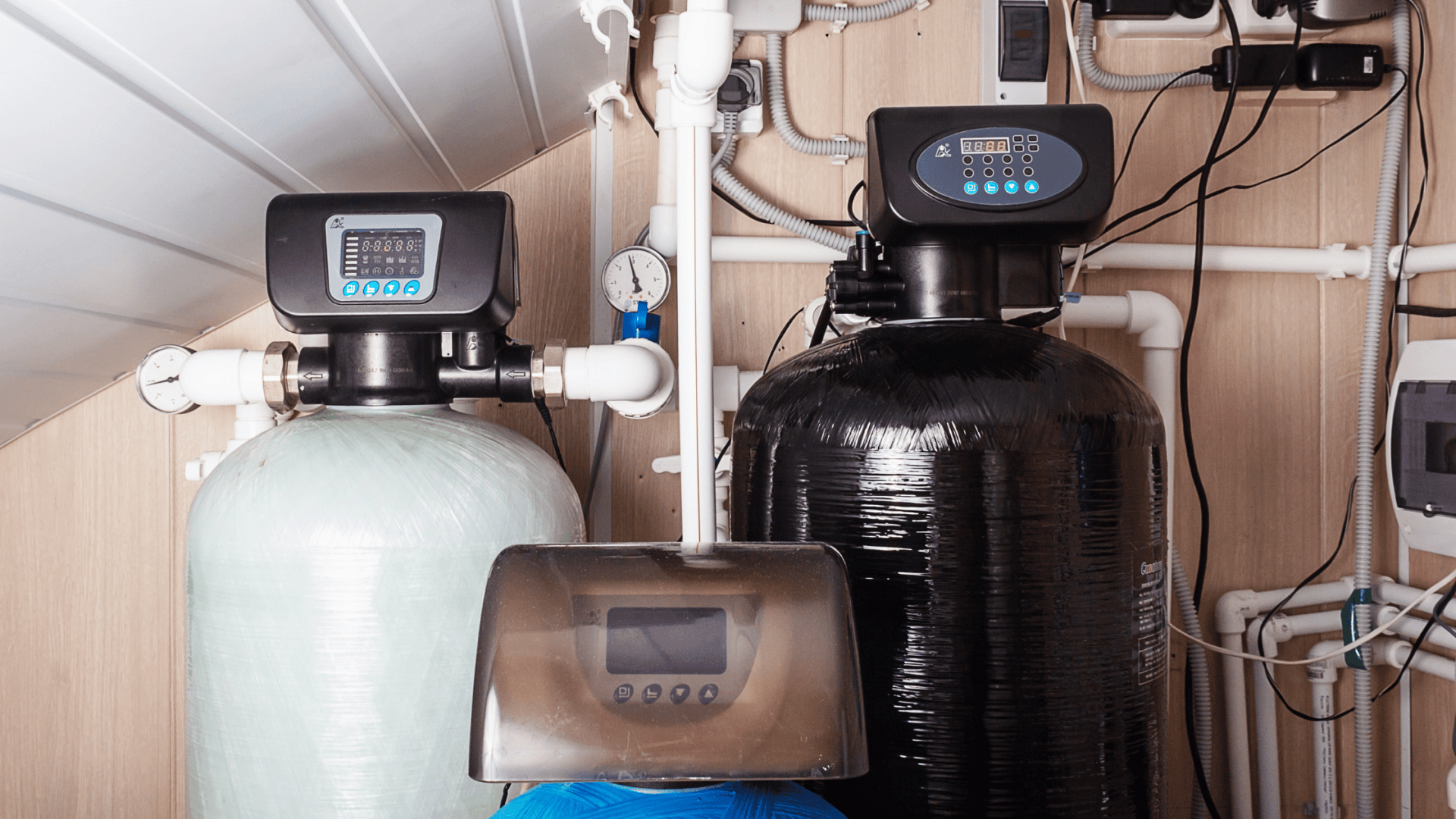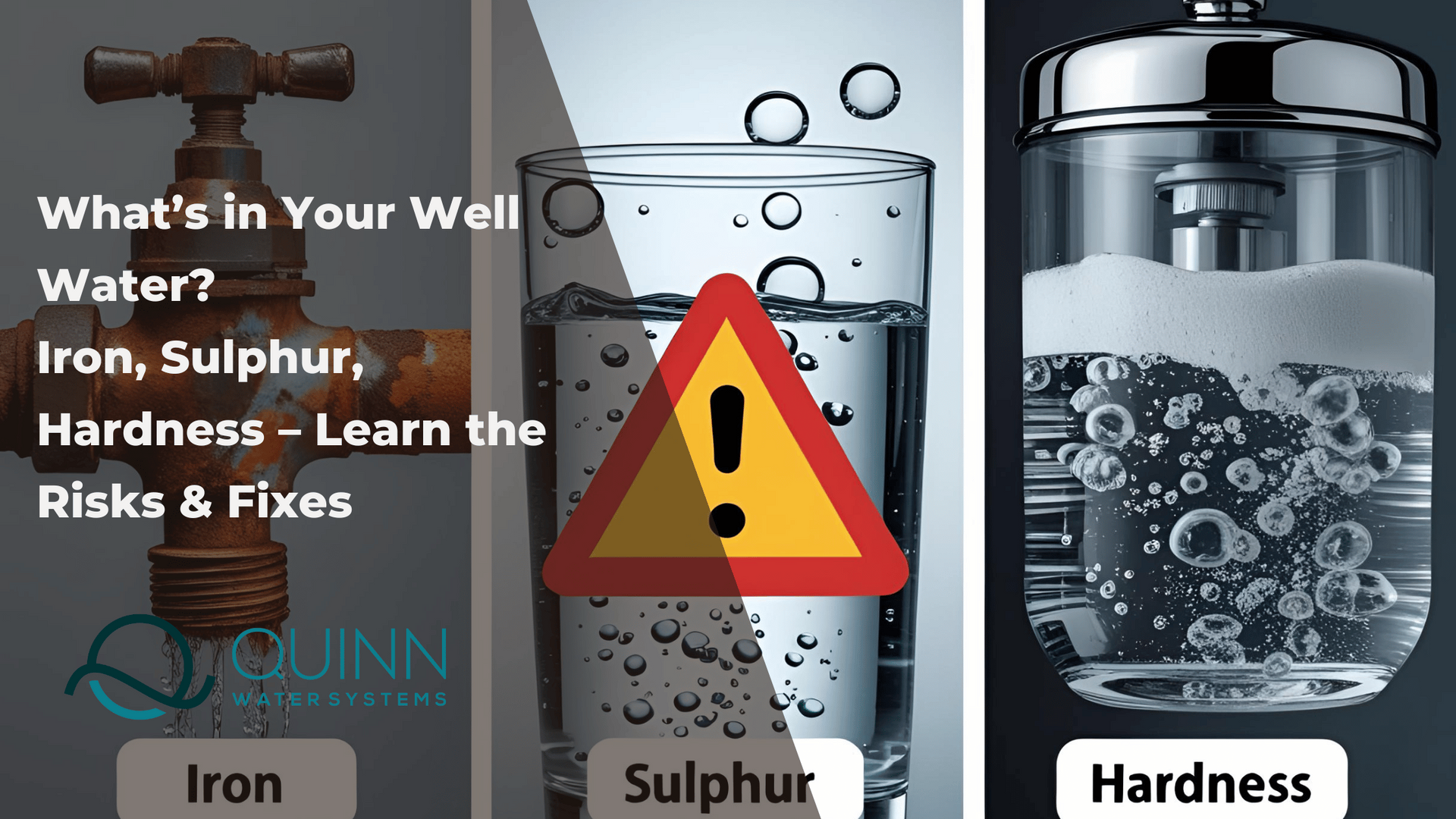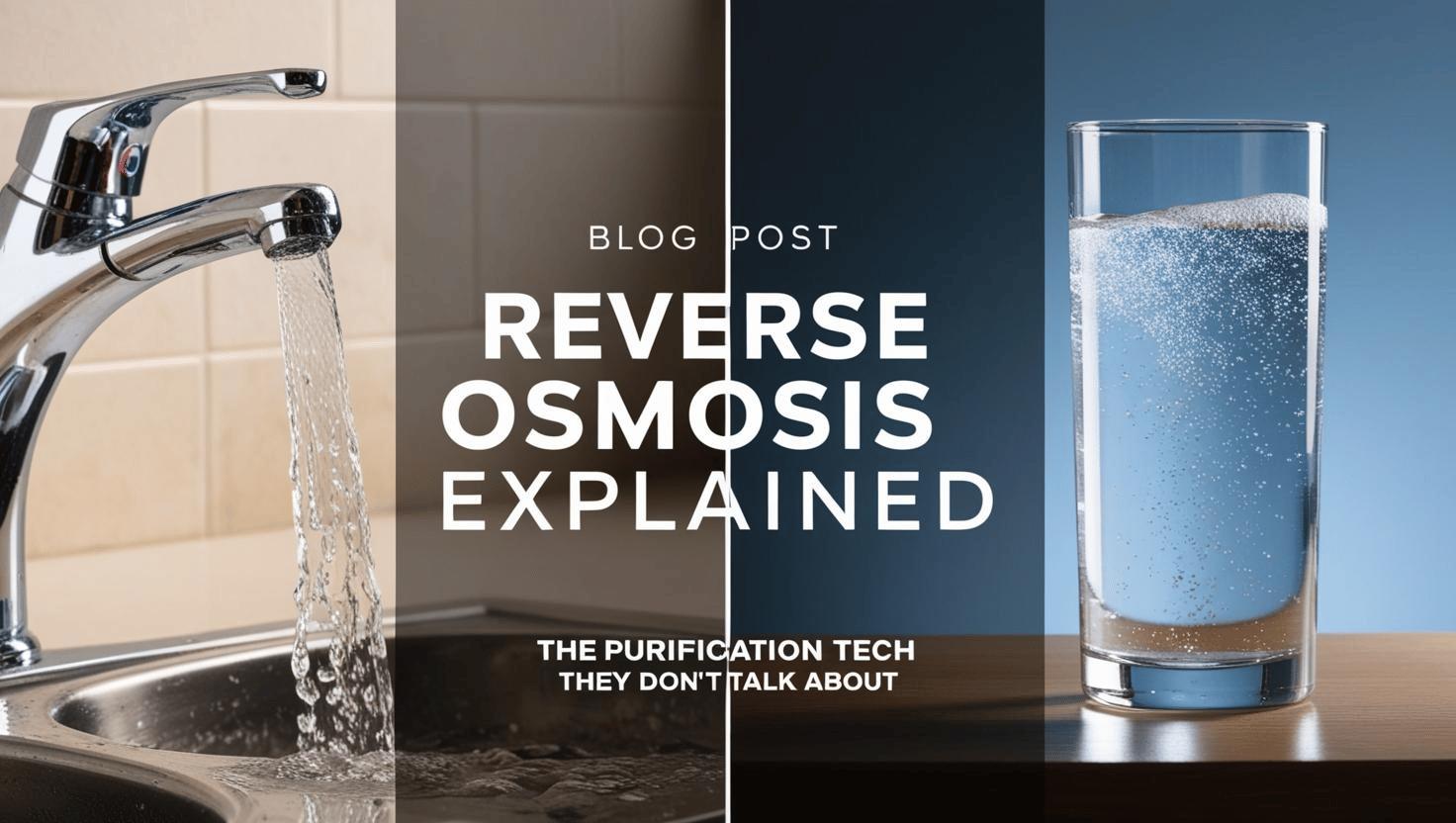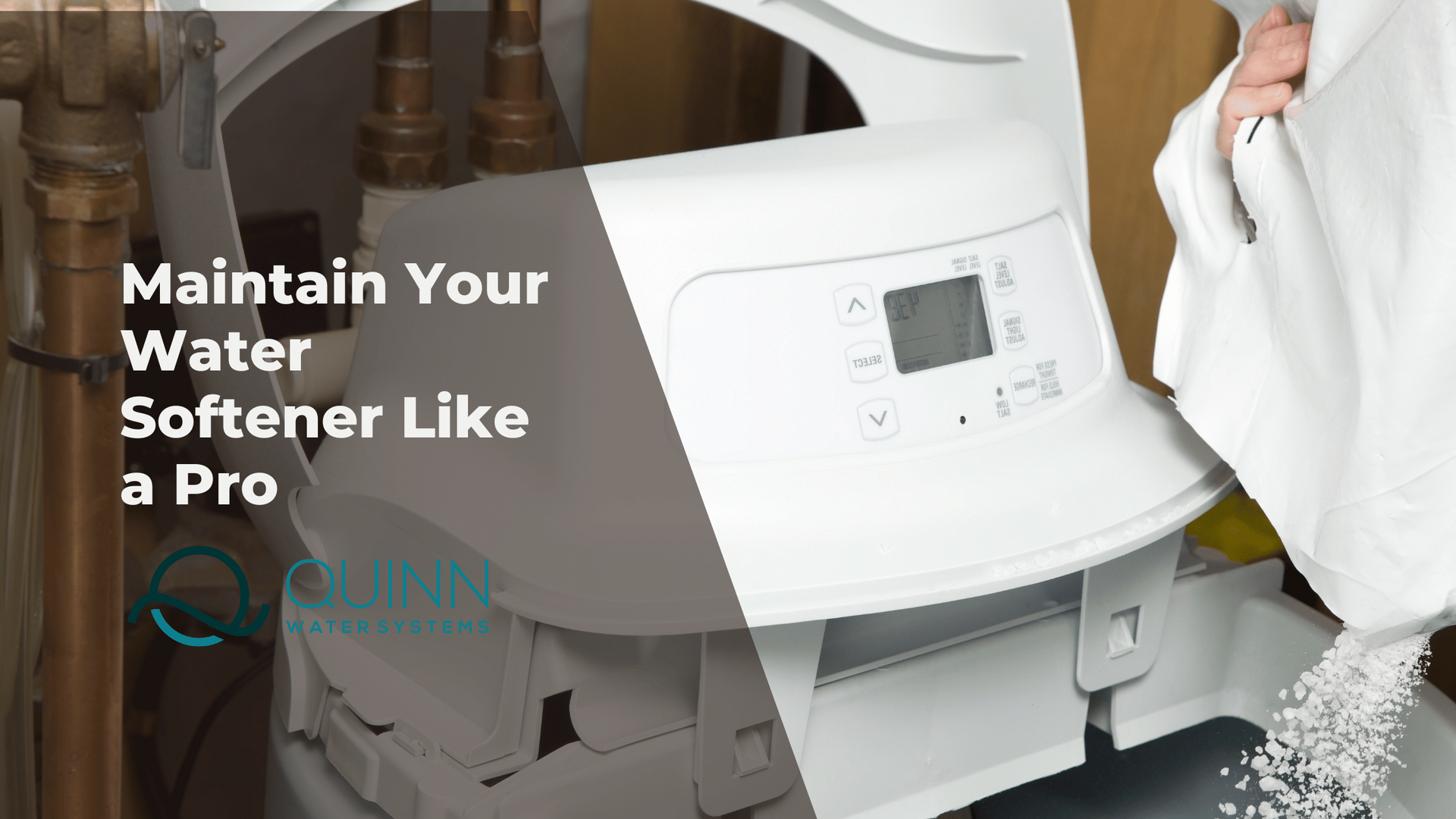How to do Well Water Test in Ontario ?
How to do a well water test in Ontario
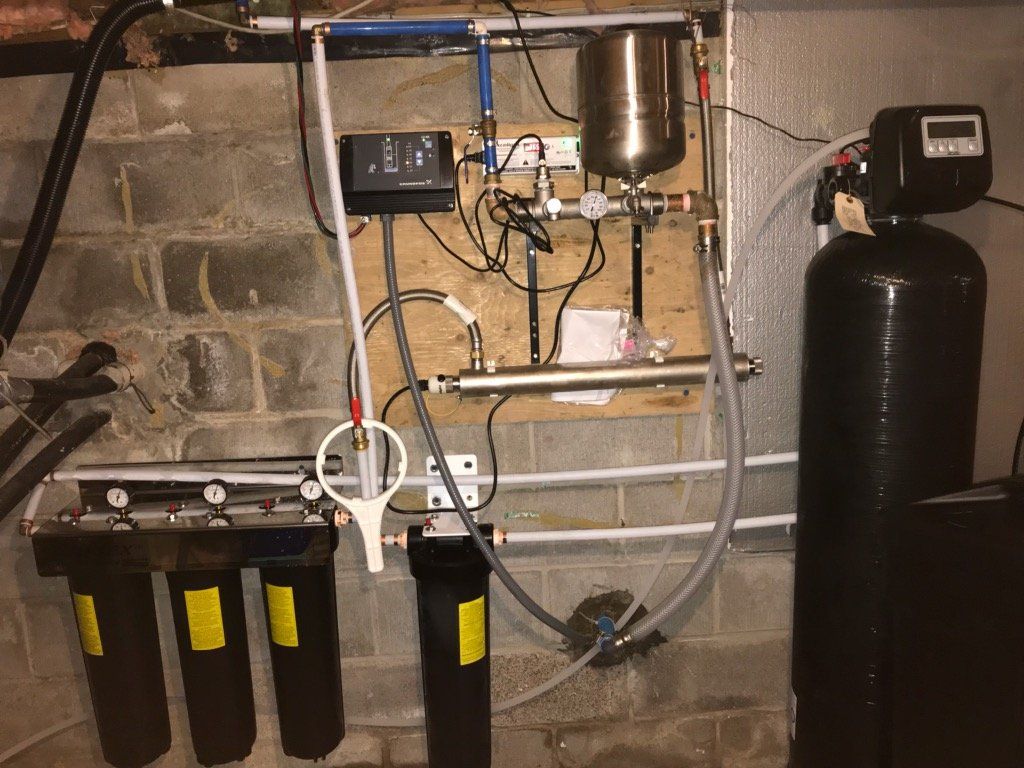
Are you curious about the quality of your well water? Wondering if it’s safe to drink? There are several simple steps you can take to test your water and get answers. In this blog post, we will outline the process for how to do a well water test in Ontario.
1. Why should I test my well water?
In Ontario, well water testing is regulated by the Ministry of Health . Homeowners are responsible for ensuring that their well water is tested at least once a year for bacteria and other contaminants. The test involves taking a sample of water from the well and sending it to a lab for analysis. The results of the test will identify any potential health risks and provide guidance on how to treat the water.
There are many potential contaminants that could be present in well water, including bacteria, viruses, and chemicals. Some of these contaminants can pose serious health risks. Others can cause problems with your plumbing or other home systems. By testing your water regularly, you can be sure that it is safe to drink and use.
2. How Often Should I Test My Well Water?
The quality of your well water can change over time, so it’s important to test it regularly. Private well water should be tested a minimum of once per year, and drinking water supplies from shallow wells and surface water sources should be tested more frequently – seasonally is ideal. This way, you can catch any potential contamination early and take steps to mitigate it. Keep in mind that you should test both at the tap and at the source – this will give you a well-rounded picture of your well water quality and help you determine if your treatment system is performing as it should be.
3. How does Well Water Test work?
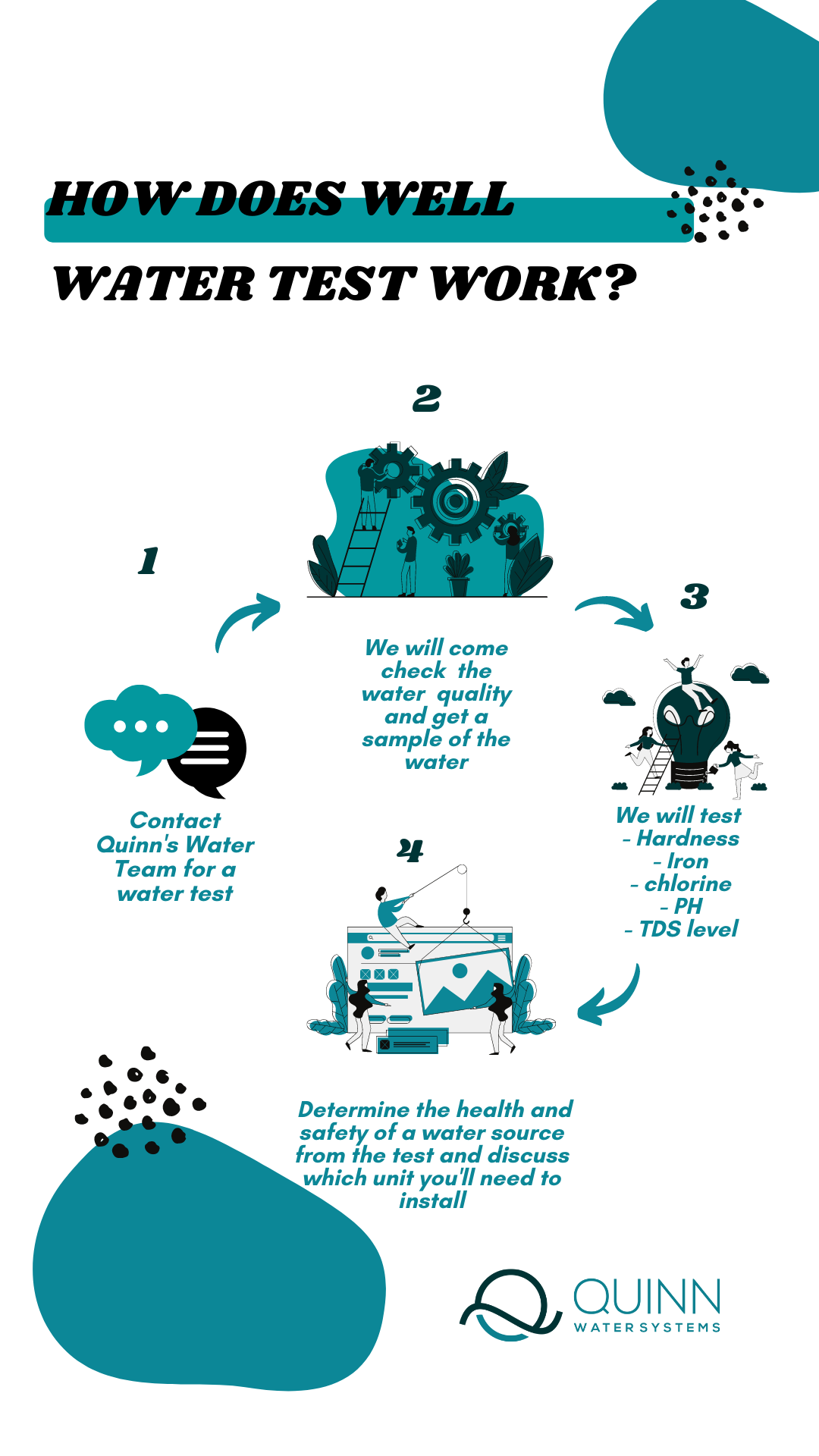
Professional well water tests can help to determine the health and safety of a water source, and the performance of a water treatment system.
Your local lab list can assist in selecting tests important for assessing your drinking water concerns. Water testing can help to identify contaminants in your water, and to determine the best treatment options for your well. A well water test can also help you to monitor the performance of your water treatment system, and to make sure that it is working effectively . Testing your well water on a regular basis is the best way to ensure that you and your family are safe from harmful contaminants.
- Basic water potability include tests for coliform bacteria, nitrates, pH, sodium, chloride, fluoride, sulphate, iron, manganese, total dissolved solids, and hardness.
- Coliform bacteria indicate the presence of microorganisms in the water that are potentially harmful to human health.
- Nitrate. A common contaminant found mainly in groundwater. High nitrate concentrations can be particularly dangerous for babies under six months, since nitrate interferes with the ability of blood to carry oxygen.
- IonsIons such as sodium, chloride, sulphate, iron, and manganese can impart objectionable taste or odour to water.
- Sulphate. Excessive amounts of sulphate can have a laxative effect or cause gastrointestinal irritation.
- Fluoride. Fluoride is an essential micro-nutrient, but excessive amounts can cause dental problems.
- Total dissolved solids represent the amount of inorganic substances (i.e. sodium, chloride, sulphate) that are dissolved in the water. High total dissolved solids (TDS) can reduce the palatability of water.
- Additional testing. Additional tests may be appropriate if a particular contaminant is suspected in the water. For instance, groundwater sources are sometimes tested for arsenic, selenium, and uranium. Both surface and groundwater sources may also be tested for pesticide contamination.
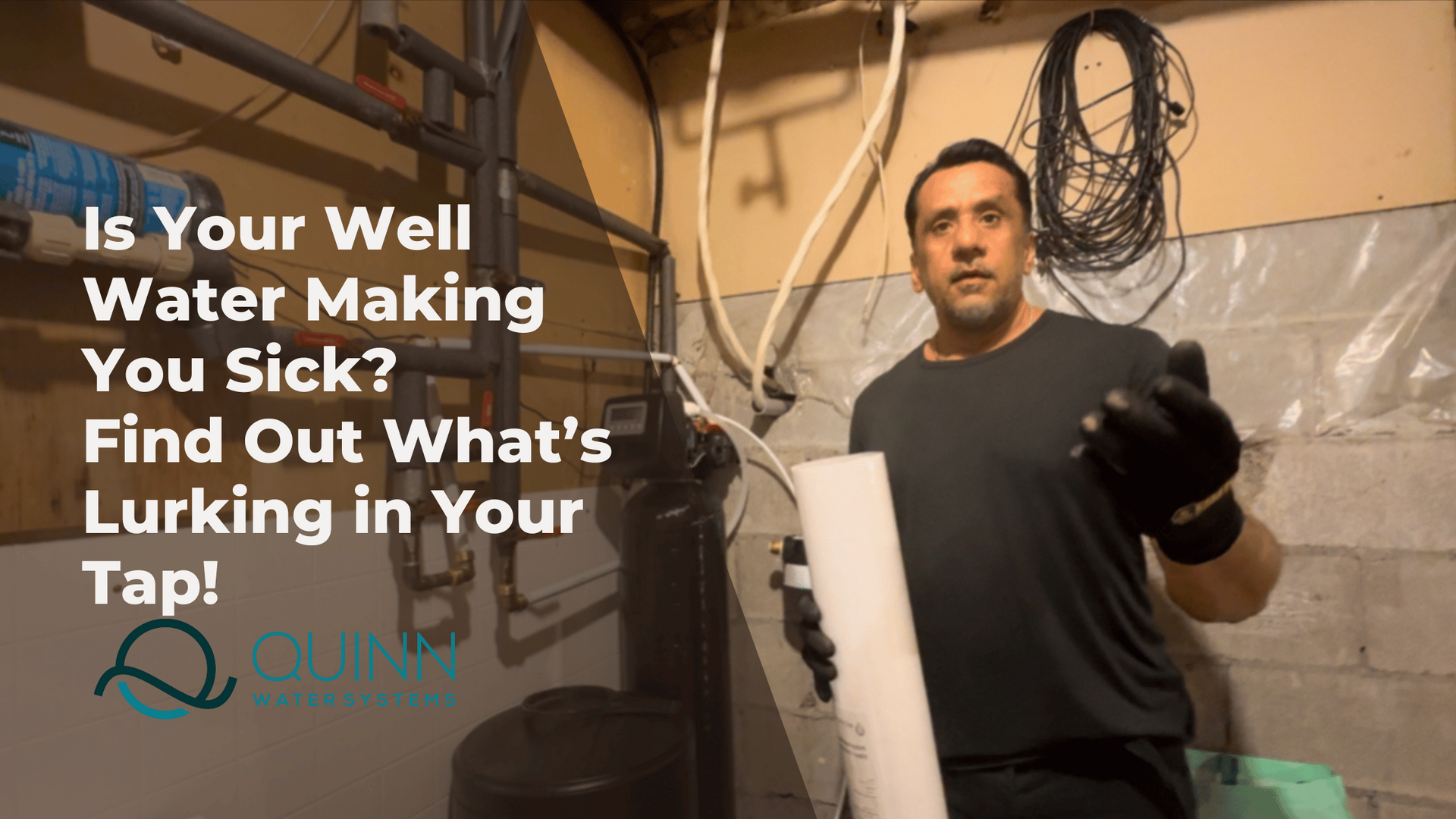
4. Choose the Sampling Location
When collecting water samples for testing, it's crucial to select a single location. Mixing water from different sources can lead to inaccurate results, as different bottles test for specific contaminants or serve as backup samples.
The sampling location you choose will determine the meaning of your results. Sampling directly from the well head provides information about the well itself, while sampling from your kitchen faucet includes insights into the well, plumbing, and fixtures.
If you have a water filter, decide whether to test the filtered or unfiltered water. Alternatively, consider buying two test kits to assess the filter's performance by analyzing water before and after filtration.
Make a thoughtful decision about your sampling location to ensure reliable and meaningful water test results.
Make Sure Your Well Water Is Safe!
Hiring a professional well water testing service is the best way to get an accurate idea of what’s in your water. A professional water technician from
Quinn Water Systems can test for a wider range of contaminants, including chemicals and metals. They can also give you advice on how to treat your water if they find anything that’s not up to par.
Get a free well water test from us
Blog Posts


Share this blog
Blog Posts





